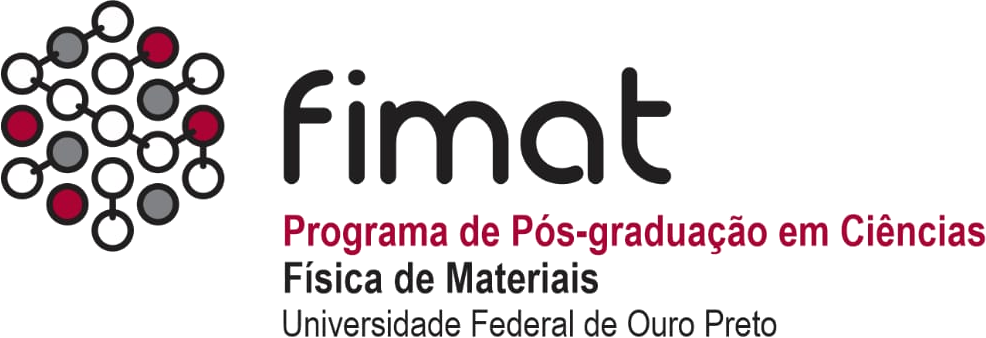Abstract:
Four new organoruthenium complexes with formula [RuCl(η6-p-cymene)(μ-FCZ)]2[Cl]2 (1), [RuCl(FCZ)(η6-p-cymene)(PPh3)]PF6 (2), [RuCl(CTZ)(η6-p-cymene)(PPh3)]PF6 (3) and [RuCl(KTZ)(η6-p-cymene)(PPh3)]PF6 (4) (where FCZ: 2-(2,4-difluorophenyl)-1,3-di(1H-1,2,4-triazol-1-yl)-2-propanol, CTZ: 1-[(2-chlorophenyl)-diphenylmethyl-1H-imidazole] and KTZ: cis-1-acetyl-4-[4-[[2-(2,4-dichlorophenyl)-2-(1H-imidazol-1-ylmethyl)-1,3-dioxolan-4-yl]methoxy]phenyl]piperazine) were synthesized, characterized and evaluated as potential inhibitors for Leishmania amazonensis growth by widely reported methods. Complexes 3 and 4 displayed effective IC50 activities against Leishmania amazonensis promastigotes and intracellular amastigotes in the range of nanomolar concentration. Scanning and transmission electron microscopy analysis of Leishmania amazonensis promastigotes after treatment with 300 or 500 nM of complexes 3 and 4 for 48 h showed morphological alterations in the cell surface, a shortening of the flagellum, loss of mitochondrial matrix, disorganization of the kDNA and abnormal chromatin condensation. Thus, our strategy of incorporating a ruthenium atom into the structure of clinical drugs to improve their efficacy continues to demonstrate suitability for metallodrug discovery purposes.